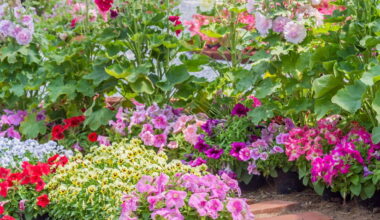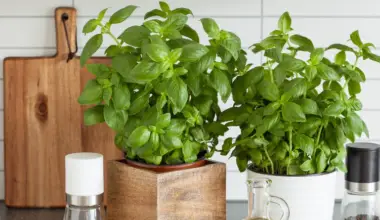Hickory nuts, cousins of walnut trees, are valued for their wood or nuts. These mostly North American trees are medium-sized with very fragrant compound foliage and produce nuts that are sometimes edible such as pecans.
Contents
Planting hickory nuts
Planting is done between January and May. In the ground the operation is laborious, because to plant a hickory nut requires to work the ground on a depth of 1 m approximately and as much in width, with compost and sand, to allow its powerful roots to develop in good conditions.
Great care is taken to keep the roots intact, especially the pivot. We place the collar at the level of the ground, we pack, we water copiously, and we mulch generously. Just after planting, we prune the tree by cutting a third of its top.
Where to plant hickory nuts ?
The very rustic nature of the hickory nut allows it to be planted everywhere in France. However, it appreciates cold winters and long, hot and humid summers, especially for nut production. It needs sun to grow and tolerates shade moderately.
The hickory nut has a fast growth at the beginning, then much slower. It thrives in moist, even temporarily flooded, wind-protected environments with fertile and especially deep soil (soils containing 40% sand, 40% silt and 20% clay). The species tomentosa or ovata tolerates more dry and poor soils. The optimal pH is between 5.5 and 7.5.
Pecan trees for pecan production are grown in full sun, on rich, cool, but well-drained soils containing humus. Transplanting is difficult due to a deep taproot.
Which exposure and which location ?
It needs a very sunny situation.
When to plant a hickory nut?
In summer or autumn.
How to plant hickory nuts ?
Dig a wide, deep pit. Add a large amount of compost or potting soil to the filling soil with a potash and phosphorus rich fertilizer base and then plant a stake before positioning the subject. Make sure that the root is well buried up to the collar.
Form a trough and water copiously to expel air.
In production, pecan trees are planted 6 m apart, pure or mixed with walnut trees or associated with hazelnut trees in the understory. Zinc deficiency is frequent in this tree, a soil analysis for this element is recommended before planting.
Cultivation and maintenance of the hickory nut
The tree does not need any particular care except to ensure a certain coolness of the soil during the summer to accelerate its reputedly slow growth. To do this, install a thick mulch of dead leaves and water copiously as soon as the soil surface dries out. Be sure to weed around the plant.
Hickory nut leaves have a basic pH which allows them to decompose well.
Harvesting, storage and use of pecan
Generally, the harvest takes place at the end of autumn, around November: the nuts are podded. They can be stored for about a year, like walnuts.
Pecans are used in pastries, especially with chocolate, or to make the famous “pecan pie”, traditionally on the Thanksgiving menu in the eastern United States.
When and how to harvest pecans and pecan nuts?
The grafted tree comes into production after 4 to 6 years compared to 12 to 16 years for seedlings.
Nuts from the hickory nut ovata or illinoinensis species are ripe around October-November when the fruit falls from the tree. However, the nut needs to dry for a few days to unfold like a flower in 4 valves.
The conservation of the nut
The shell of the pecan nut is not made of 2 parts as in the real walnut (Juglans), so its conservation is better. It is of :
- 6 to 9 months with its shell in a dry place with a temperature between 59 and 68 °F, 3 months without the shell ;
- 18 months at 32 to 41°F, 12 months without the shell;
- more than 2 years at 5°F.
Diseases, pests and parasites of pecan
Hickory nuts (hickory nut) have few diseases or pests in Europe due to their rarity. The nuts can be eaten by mice in case of large seedlings as in hickory nut ovata forests.
In America, pecan cultivation is mainly affected by the fungus Fusicladium effusum which stains the fruit and foliage. The weevil, Curculio hickory nute, also lays its eggs in the nut affecting the crop. Organic treatments with nematodes avoid the use of insecticides.
The bupreste, Oncideres cingulata, is a long-horned beetle whose larva burrows into the wood of the hickory nut. Burn fallen twigs in the spring or fall to eliminate the larvae.
Multiplying the hickory nut
Seeding is practiced on species planted for ornamental or forestry production while grafting is preferred in fruit species.
Sowing
Hickory nuts with their shells remain viable for at least 2 years if kept in a moist, but not humid place slightly above 32°F.
Sowing can be done in the fall in a cold frame in order to stratify them or in the spring after a 4 month period in the refrigerator.









